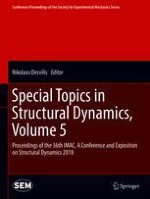2019 | OriginalPaper | Chapter
24. Tool Wear Inspection of Polycrystalline Cubic Boron Nitride Inserts
Authors : Chandula Wickramarachchi, T. E. McLeay, S. Ayvar-Soberanis, W. Leahy, E. J. Cross
Published in: Special Topics in Structural Dynamics, Volume 5
Publisher: Springer International Publishing
Activate our intelligent search to find suitable subject content or patents.
Select sections of text to find matching patents with Artificial Intelligence. powered by
Select sections of text to find additional relevant content using AI-assisted search. powered by
